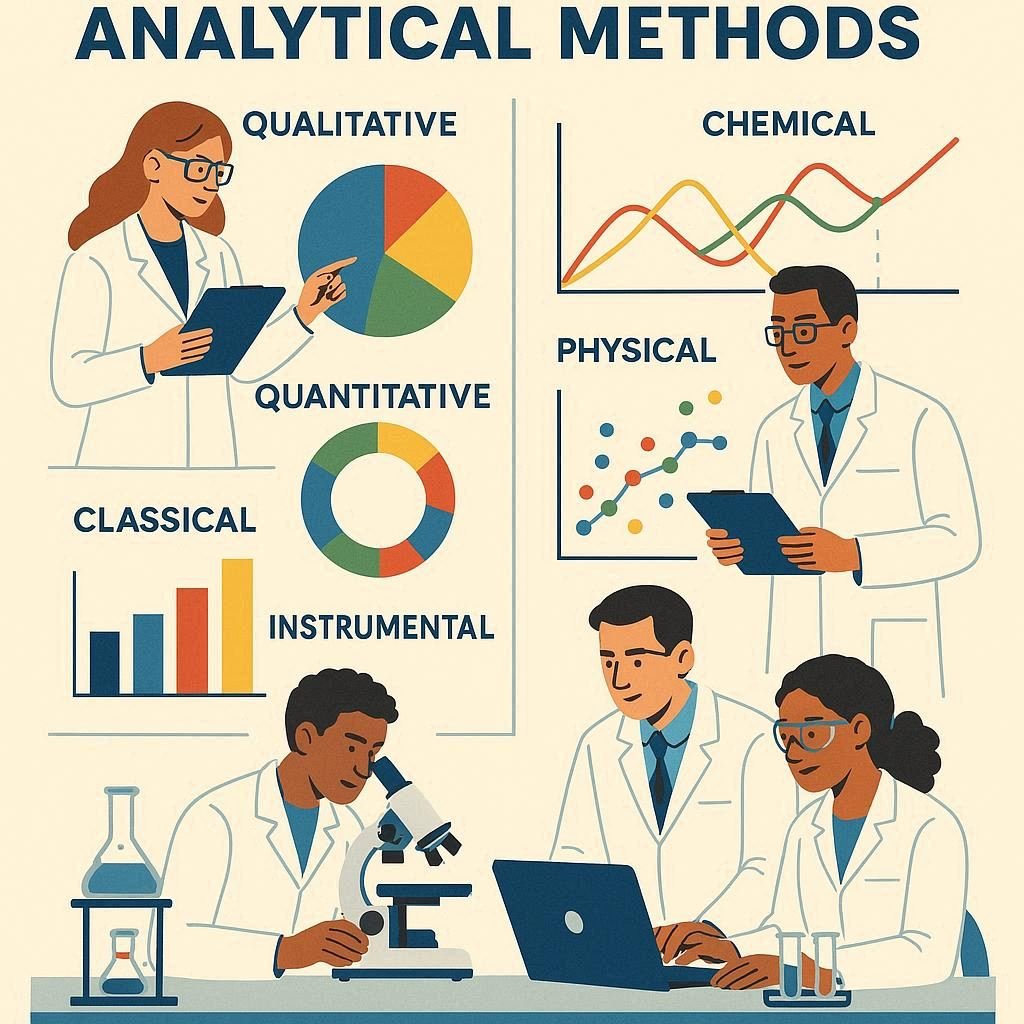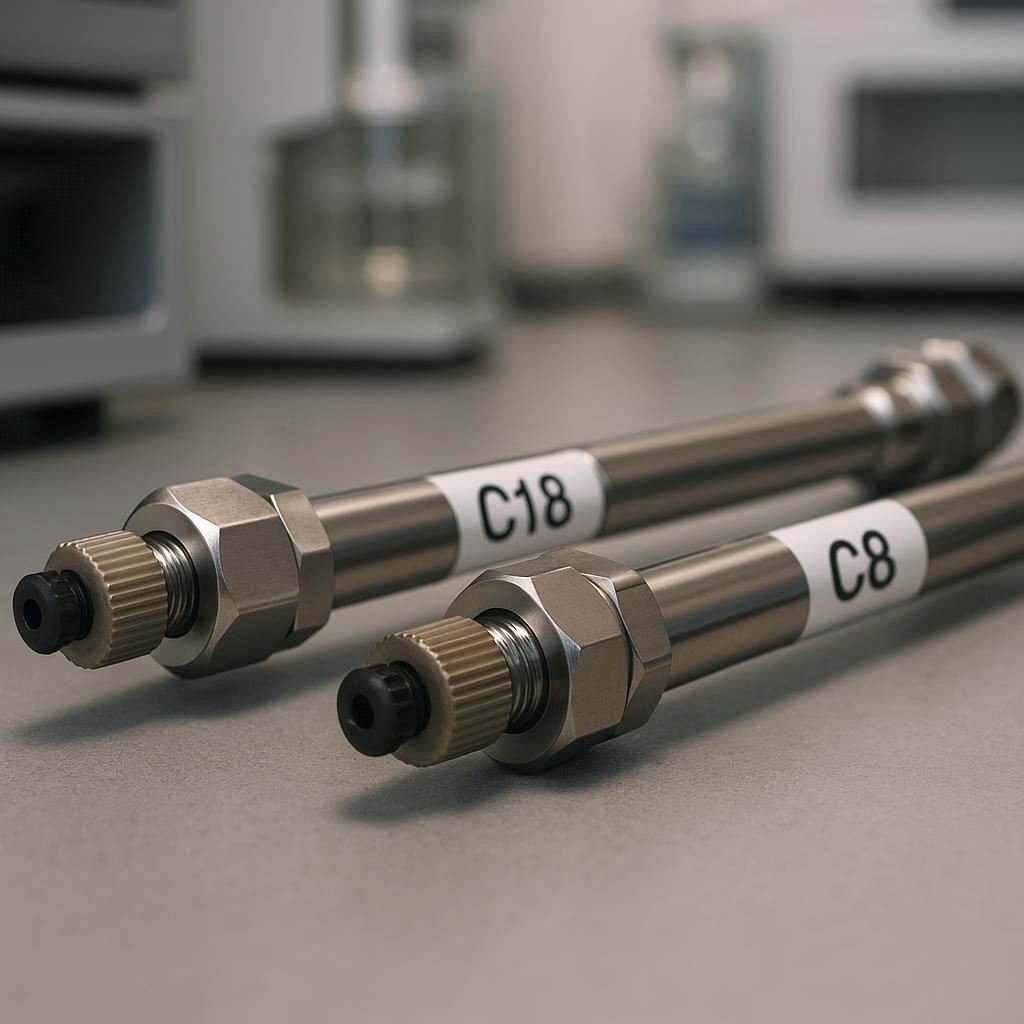Both Chromatographic and Titrimetric methods are widely used in pharmaceutical analysis. The main difference between chromatographic and titrimetric methods is that the chromatographic method is selective, while the titrimetric method is not. Each has its strengths, limitations, and ideal applications. In this blog, we’ll discuss the differences between these two approaches, helping you understand when […]
Both Chromatographic and Titrimetric methods are widely used in pharmaceutical analysis. The main difference between chromatographic and titrimetric methods is that the chromatographic method is selective, while the titrimetric method is not.
Each has its strengths, limitations, and ideal applications. In this blog, we’ll discuss the differences between these two approaches, helping you understand when and why one might be preferred over the other.

Major Takeaway: FAQs
Chromatographic methods are generally more accurate and sensitive, especially for complex mixtures or trace-level analysis. Titrimetric methods are accurate for pure substances with well-defined reactions but are less effective when multiple components or interferences are present.
Not effectively. Titration is typically limited to single-component analysis or cases where interfering substances are minimal. Chromatography, on the other hand, excels at separating and quantifying multiple components in a complex mixture.
Yes
Yes! In some workflows, titration is used for preliminary screening or bulk measurements, while chromatography is used for detailed composition analysis. Using both can provide a comprehensive understanding of a sample.
| Feature | Titrimetric Methods | Separation of components |
| Principle | Chemical reaction | Separation of components |
| Complex Mixtures | Not ideal | Excellent |
| Equipment | Simple (burette, flask) | Sophisticated instruments |
| Cost | Low | High |
| Time Efficiency | Fast | Slower (depends on method) |
| Sensitivity | Moderate | High |
| Operator Skill Level | Basic | Advanced |
Related Blogs
Titrimetric methods, also known as volumetric analysis, involve the quantitative measurement of a solution’s concentration through a chemical reaction with a known reagent (the titrant). The endpoint of the reaction is usually indicated by a colour change (indicator) or a measurable signal like pH.
Chromatography is a separation technique used to separate and quantify components in a sample mixture. It works by passing a mobile phase (liquid or gas) through a stationary phase (solid or liquid on a solid support), separating analytes based on their chemical properties.
Both titrimetric and chromatographic methods are indispensable tools in analytical chemistry. While titration offers a quick and cost-effective way to quantify known compounds, chromatography provides unmatched precision and versatility for analysing complex samples. The choice between them ultimately depends on your analytical goals, budget, and the nature of your sample.
Related
Further Reading



Quick Links